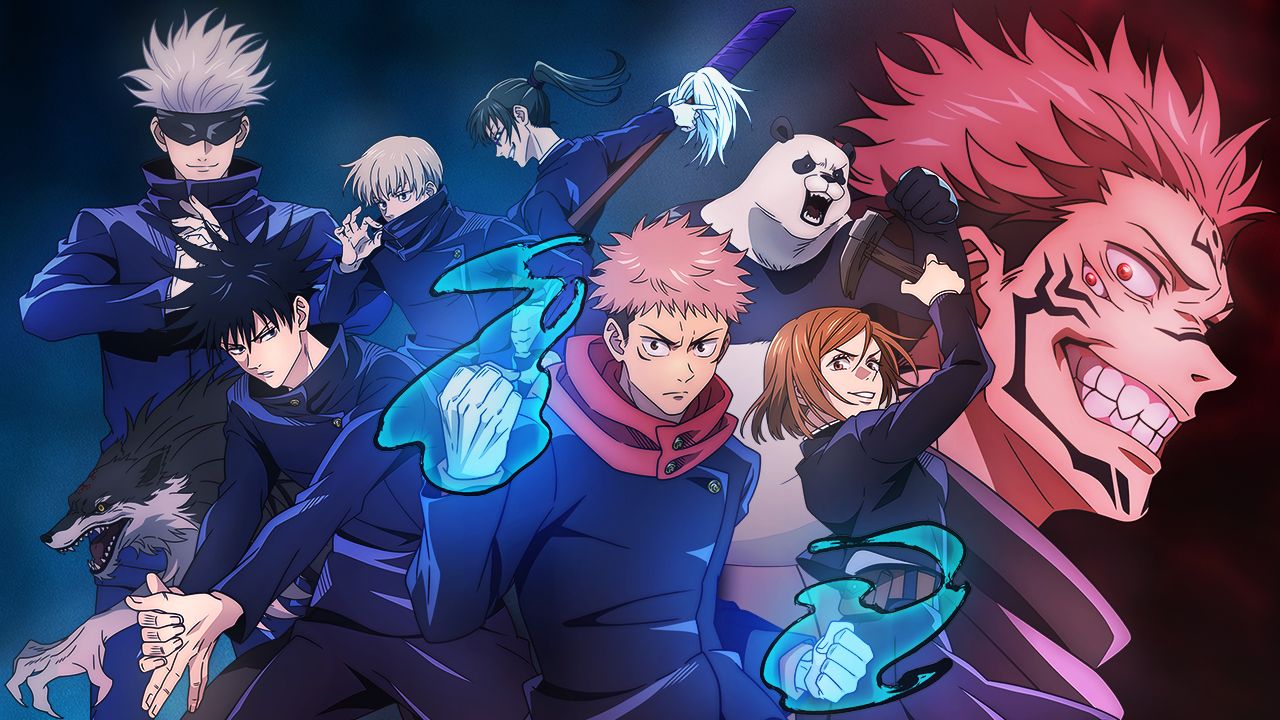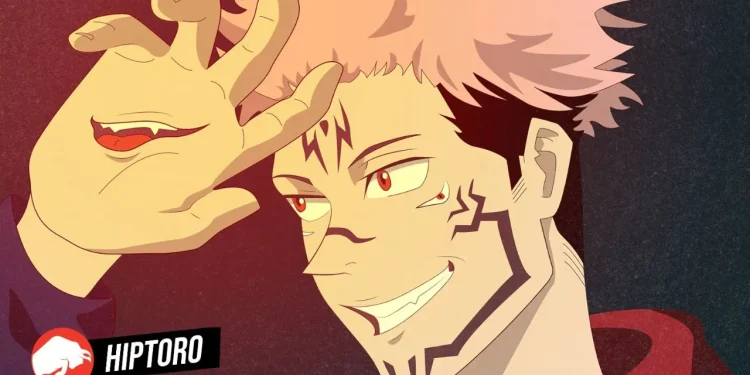Gege Akutami, the mastermind behind the wildly popular manga “Jujutsu Kaisen”, recently provided some fascinating insights into his creative process, particularly around the buzz-generating Gojo vs Sukuna fight. His unique blend of art and storytelling has been a driving force behind the series’ success, with fans and critics alike praising his dynamic fight scenes.
“One of the elements of Jujutsu Kaisen’s attraction to its fan base is its dynamic fight scenes,”
and it’s evident that Akutami’s expertise in manga paneling plays a significant role in creating these captivating visuals. For him, the essence of a gripping sequence doesn’t just lie in the art but in the ability “to convey what’s happening in a situation.”
Unlocking the Dynamic Fight Scenes

Drawing upon insights from a recent interview found in Weekly Shonen Jump Issue #44, Akutami shared that the key to his enthralling scenes is his departure from traditional manga techniques. Instead of being bound by the restrictions of paper and ink, Akutami adopts a more cinematic approach, treating his illustrations like scenes from a film or TV show.
“To convey a situation clearly in an illustration, you can use three different angles,”
says Akutami, a strategy more aligned with filmmaking than traditional manga.
This filmic methodology is evident in the recent electrifying confrontation between characters Satoru Gojo and Ryomen Sukuna. Here, Akutami brilliantly uses “long or wide” angled shots, “middle or medium shots,” and “close-ups” to depict motion. By leveraging familiar cinematic conventions, he can engage readers in ways that feel familiar, even within a static medium.
CHOSO VS YUJI ! THANKS MAPPA pic.twitter.com/jgzujGXpQH
— Jujutsu Kaisen (@JJKcontents) October 19, 2023
Translating Cinema into Manga
Much like a seasoned director would, Akutami ensures he offers readers a comprehensive view of the fight. Initial shots set the scene, grounding the characters within their environment and situating them amidst the trees, buildings, and other reference points. This gives readers a spatial understanding of the action.
The meat of the action, the actual combat, is rendered in visceral detail, allowing readers to almost feel each punch, kick, or strike. The inclusion of close-ups, particularly of the characters’ eyes or expressions, provides a deeper emotional layer, revealing the combatants’ internal states, their fears, pain, or determination.
The Resounding Impact of Akutami’s Vision
With this unique approach, Akutami manages to craft fight scenes that are not only visually stunning but also narratively coherent. This perfect balance between clarity and artistry ensures that readers remain engrossed without ever feeling lost in the action. The unforgettable clash between Gojo and Sukuna stands as a testament to this skill, setting a benchmark for manga action sequences.
As “Jujutsu Kaisen” continues to win hearts and accolades, one thing remains clear: Gege Akutami’s distinctive vision and innovative techniques are redefining manga storytelling, ensuring the series’ place in the annals of iconic manga.

Source: @soukatsu









